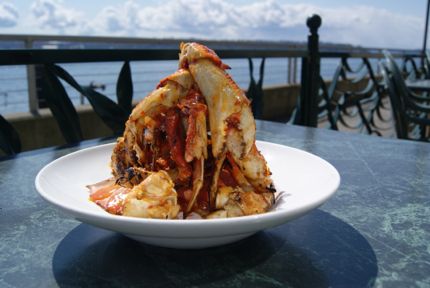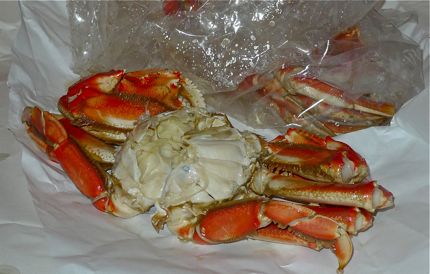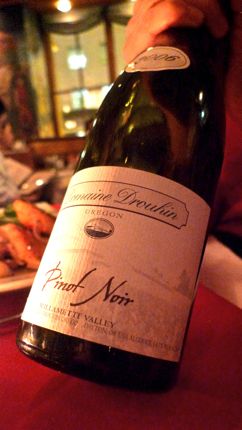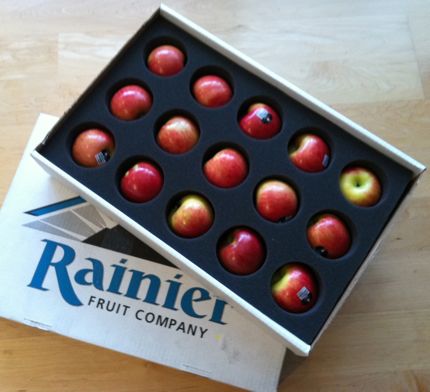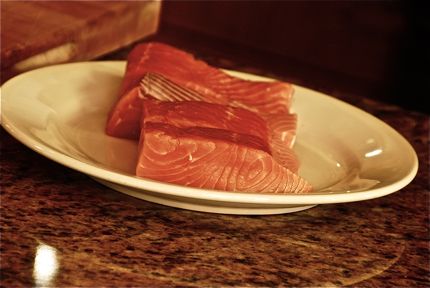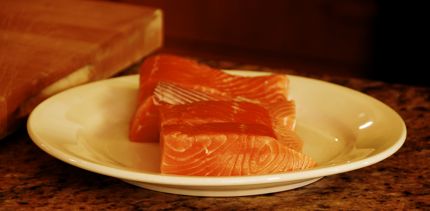Recipe of the Month: Crab Veneto
January 31, 2014
Crab Veneto
Wine Varietal: Lemberger, Gamay, Beaujolais
Serves 2 as an appetizer; 1 as an entrée
On Pier 56 on the Seattle Waterfront, Elliott’s Oyster House offers what many consider the definitive Dungeness crab service in town. Elliott’s starts by cooking the live crabs immediately in small batches to preserve the quality of the meat. Once cooked, the crabs are quickly chilled. Each crab is then cleaned and cracked to order for easy eating. Then you can choose to eat your crab in three different ways—steamed, chilled, or marinated. An extra-large crab bib, cocktail fork, shell bowl, a hot towel and plenty of paper towels, a finger bowl brimming with a mixture of hot tea and lemon water, and a crushed cracker hand wash make cleaning up after the messy job of eating Dungeness crab much more enjoyable. If you can’t make it to Elliott’s, try the recipe below, which was given to me years ago by (then) Elliott’s executive chef Andrew Juhl. It is easy, tasty, and would make the perfect appetizer to share with your sweetheart for Valentine’s Day. . .or any time of the year.
1 clove garlic, minced
2 tablespoons freshly squeezed lemon juice
2 drops Worcestershire sauce
1/2 teaspoon minced parsley
1/2 cup, plus 2 tablespoons, pure olive oil
1 precooked, chilled, Dungeness crab, cracked into pieces suitable for picking (see Cook’s Hint, below)
1. In a large, deep bowl mix together the garlic, lemon juice, Worcestershire sauce, parsley, and olive oil.
2. Add the crab pieces and toss gently. Let stand 3 minutes before serving.
Cook’s Hint: To prepare a whole, cooked Dungeness crab for picking, hold the crab with one hand from underneath and, with the other hand, pry off the large top shell. Scoop out and save the cream-colored “crab butter,” if desired. Run your thumb along the sides of the body cavity to scrape away the feathery gills. Rinse under cold water to remove any remaining viscera.
Grasp the crab in both hands and break the body in half lengthwise, forming two sections with the legs attached. Remove the legs by breaking off at the joints closest to the body. Separate the claw portion from the leg at the first joint. Bend back and remove the smaller claw pincer, along with the attached claw cartilage. Crack the claw with an aluminum crab cracker, the back of a heavy kitchen knife, or a mallet, being careful not to crush the meat. Repeat with the second claw.
With kitchen shears, cut along each side of the leg shells, or simply crack carefully to open. With the palm of your hand, press the top of the crab body until you feel the interior shells give slightly. Do not press so hard that you smash the top and bottom shells together. Alternatively, ask your favorite fishmonger to prepare your crab for picking, as described above.
You are now ready to eat your crab. Remove the meat from the legs, claws, and body of the crab using your fingers, a crab pick, a seafood fork, or a crab “toe” (the tip of a crab claw)—anything is legal when eating Dungeness crab.
Photo Courtesy of Elliott’s Oyster House.
Recipe reprinted from the “Pike Place Public Market Seafood Cookbook,” gift edition and e-edition, by Braiden Rex-Johnson, copyright 2005 and 2012. Published by Ten Speed Press, a division of Random House, Inc.

